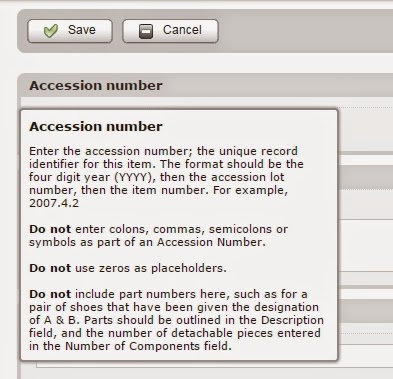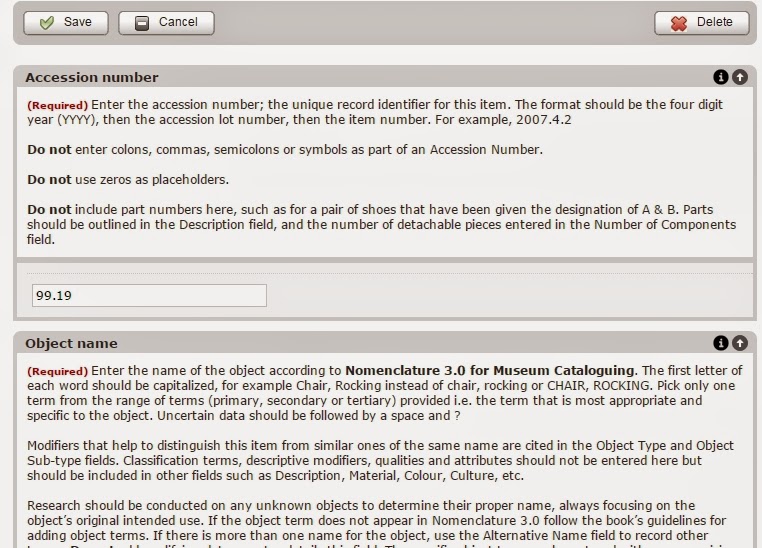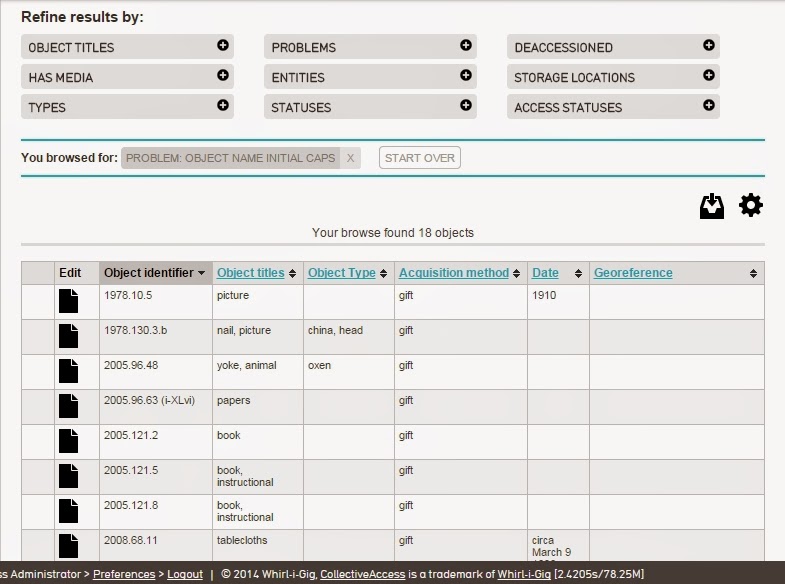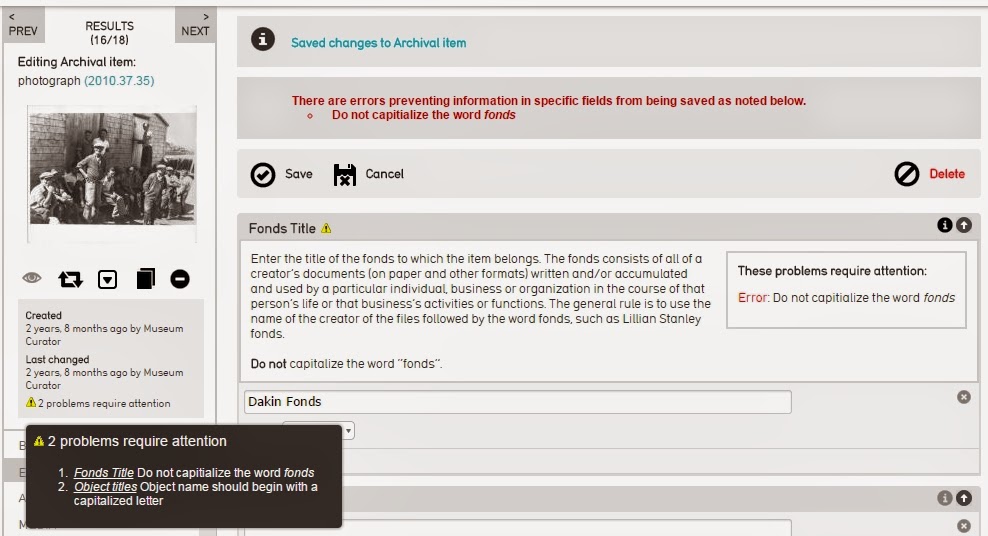 |
| Grenville & sister Irene |
This summer I was privileged to make a trip to Belgium to visit Grenville's grave and attend the unveiling of a memorial at the site of his plane crash. This was definitely a once in a lifetime opportunity and one in which I was honoured to participate.
The architects of this commemoration were the wonderful people of the Wings Museum in Sussex, England. They've developed a partnership with some local history buffs in Belgium and have been working for years on researching RAF crash sites, and this is now translating into searching for family members of the airmen and unveiling memorials in their honour. As we in the museum field know, they don't do this because they get paid the big bucks. They do this because they are passionate about aviation history and have a great respect for the many airmen who fought for our freedom.
I knew as I prepared for the trip that it could be a moving experience. Even though Grenville died 70 years ago, I've heard stories and seen pictures and understand how devastated my family was when they heard news of his death. But I didn't expect it to be such a powerful experience. Upon arrival we met the family of another crew member and mused that our uncles were buddies so long ago and now we were carrying on that connection. In the morning we were given copies of the account of the final flight by one of the two survivors of the crash. The room quieted as we passed the pages around to read. Suddenly it was real. It wasn't just a family story. It wasn't just some young guy in family photos. This was a group of men who were in crazy circumstances fighting for their lives and the lives of others. We finally had answers to the 70 year old family mystery of what really happened that fateful night.
 |
| from WingsMuseum.co.uk |

One of the things that struck me about the trip was the way Belgian history was so real to the people. It didn't matter how many years ago something occurred, they could tell you amazing tales of their past. And this makes sense when you think about it. From the Canadian perspective, men and women left home to fight, and not all of them came back. But in Europe, events were unfolding all around. It happened in their backyards and in their skies. I asked several people how they manage to keep this appreciation for history alive, especially when we're talking about the world wars of 70 and 100 years ago. Every time I got the same answer in slightly different words. "This is what we do. We will never forget."
As I traveled the province this summer visiting community museums, I saw numerous exhibits honouring local WWI veterans, and heard about many commemorative activities that the museums either coordinated or took part in. Singalongs of WWI songs and hymns, special services of remembrance, reading of letters sent home from the front...lots of examples of respectful acknowledgements of the sacrifice paid by Nova Scotia's men and women 100 years ago. And what every museum worker told me was that these activities were far more powerful than expected. People got emotional as they thought about their relatives of years gone by and of the men and women who didn't get to come home. The museums' work made a war from 100 years ago real and relevant. Battles fought overseas in places never visited became real. Grief that had been buried for years and generations resurfaced.
This is the kind of work that museums should be doing. Going beyond the exhibits to provide opportunities for personal connections, opportunities for healing, and greater understanding of life in general. We should adopt the Belgian mantra for our own: This is what we do. We will never forget.
 |
| we will never forget |




